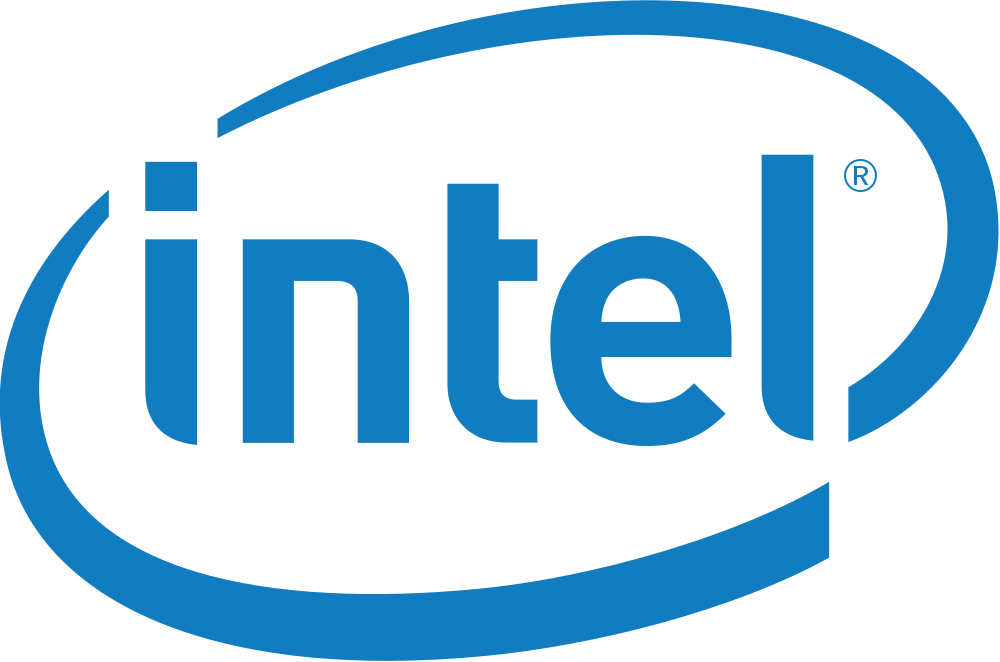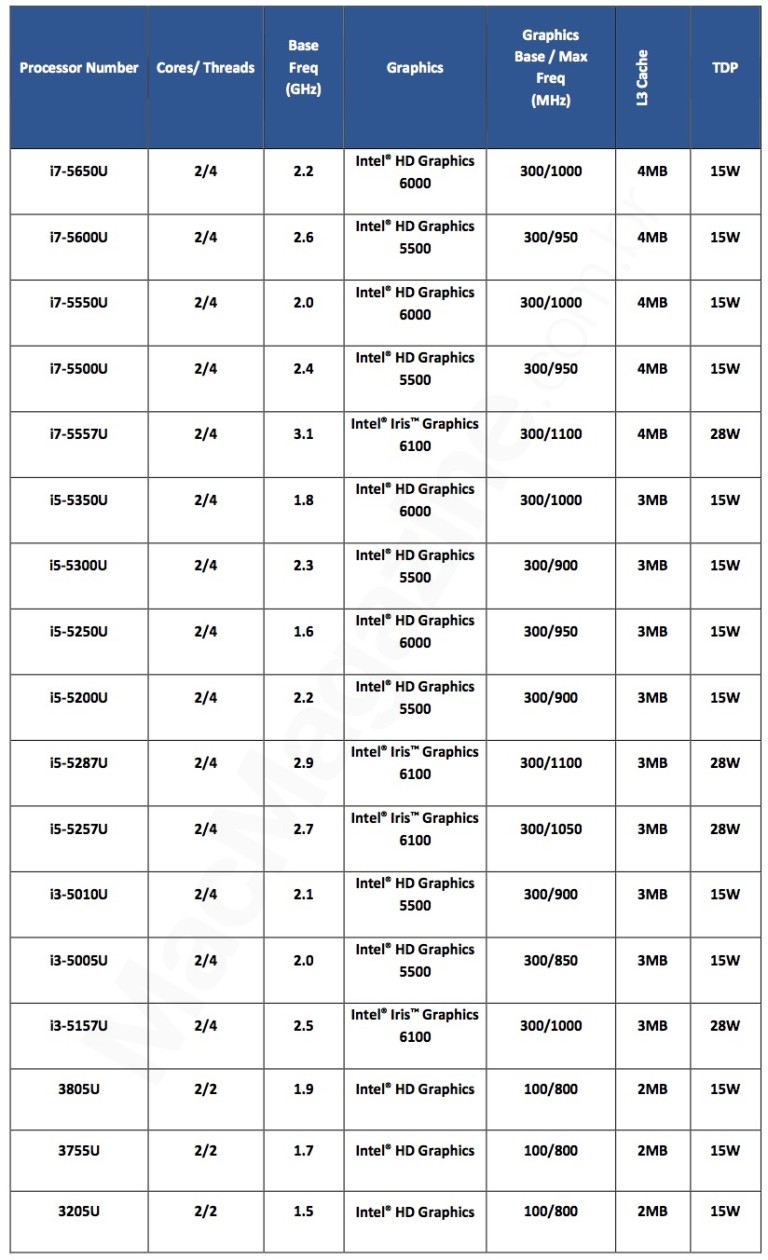Good news for those who are waiting for a really interesting update for MacBooks.

Unlike the latest MacBook updates (Air and Pro), which brought only a small increase in clock of Intel processors in the “Haswell” family (currently used by Apple), the next update for Macs should bring chips from the new family, “Broadwell”. The company was late to launch these chips; they were expected in late 2013, but now it looks like it will.
Announced today, “Broadwell-U” processors (the least powerful line in the family, ideal for equipping MacBooks Air and the 13-inch MacBook Pro), are now available to manufacturers.

There are several new chips which are manufactured in a process of 14 nanometers (against 22 nanometers of the current ones), have two cores, clocks ranging from 1.5GHz to 3.1GHz and bring integrated graphics from the most basic (Intel HD Graphics) to the “most powerful” (Intel Iris Graphics 6100).
While some 15W processors fit perfectly for a MacBooks Air upgrade, others 28W have everything to be used on the 13 ″ MacBook Pro Retina. Despite the small difference in processing power (about 10% more), the main novelty of these processors is energy efficiency and more powerful graphics (about 20% better).
Now let’s wait for the release of the most powerful processors (quad-core), which should be announced in the middle of the year and which has everything to equip, for example, the 15-inch MacBook Pro Retina. However, due to the problems with the delay of these “Broadwell” chips, it won’t be long before the next family (“Skylake”) arrives. And that has everything to shorten the life of these new chips.
While the “Broadwell” family is basically a miniaturization of the current “Haswell” (with normal advances), “Skylake” will bring a new architecture with significant improvements in performance and energy efficiency – Intel even promises the possibility to manufacture notebooks with recharging without thread.
You wait and see.
[via MacRumors, Gizmodo]
